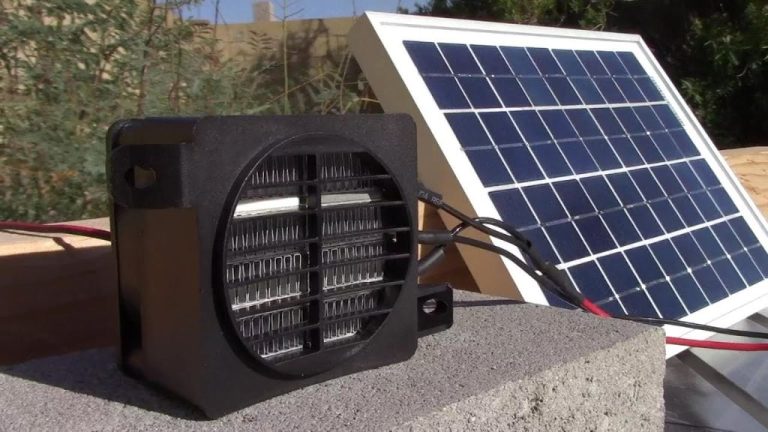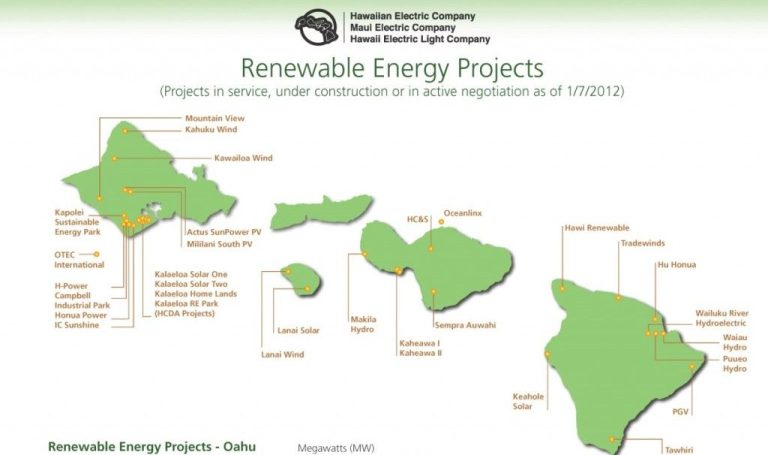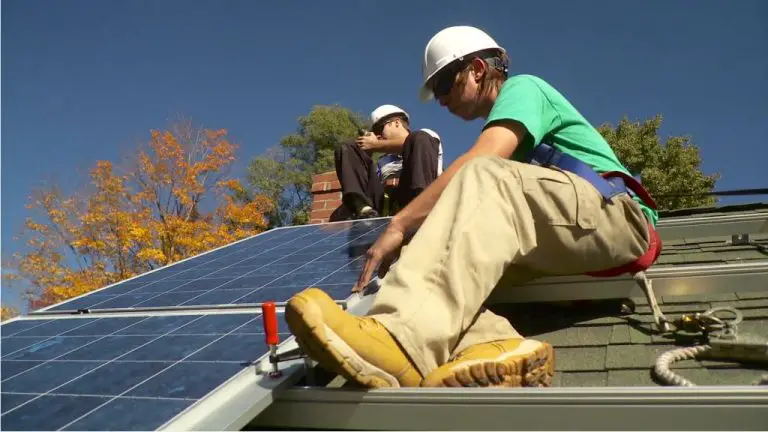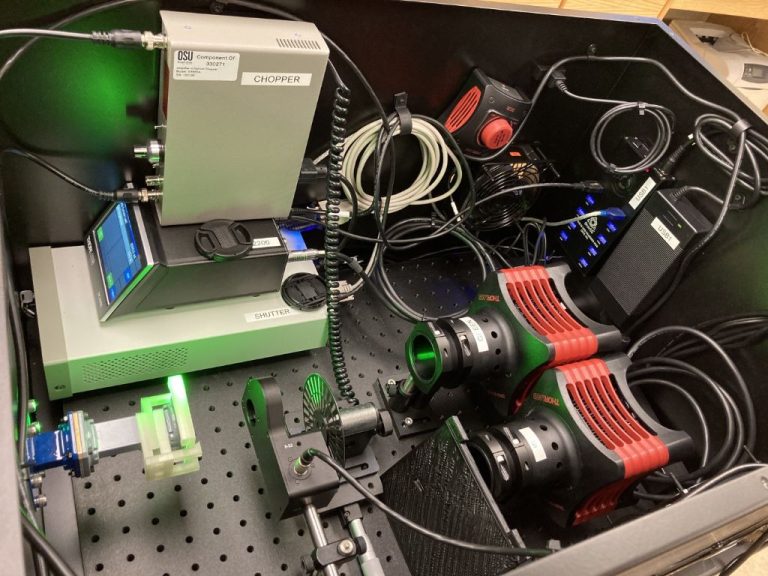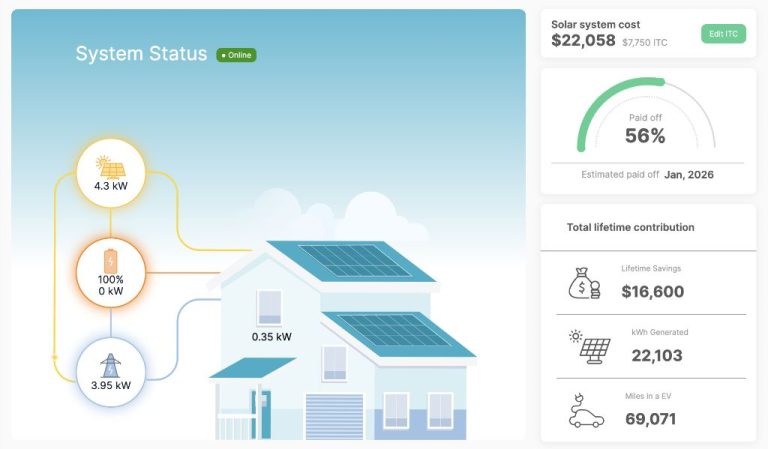Can You Run A Furnace On Solar Power?
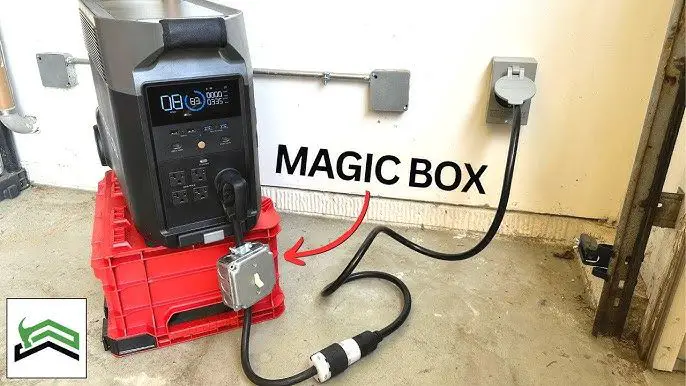
With rising energy costs and growing environmental concerns, many homeowners are looking into renewable energy sources like solar power to heat their homes and operate appliances, including furnaces. Furnaces require a significant amount of energy to generate enough heat to warm a home, so the idea of powering them with solar energy is appealing.
Solar power offers a clean, renewable way to harness energy from the sun and convert it into electricity or heat. Solar photovoltaic (PV) panels convert sunlight into electricity, while solar thermal collectors absorb heat from the sun. There are a few options for running a furnace using solar power, including solar thermal systems, hybrid PV and solar thermal setups, and solar-assisted heat pumps.
In this article, we will look at how furnaces work, provide an overview of solar power systems, examine the challenges of running a furnace on solar, and discuss some solutions that leverage both solar thermal and PV technology to operate furnaces.
How Furnaces Work
Furnaces are essential heating systems in many homes. They work by burning fuel to generate heat which is then distributed throughout the house via blowers and ductwork.
In a gas furnace, natural gas or propane is burned by the furnace’s burner to produce a flame. This flame heats up a metal heat exchanger which does not allow exhaust to mix with the air inside the house. At the same time, an exhaust blower directs the exhaust fumes out through the flue.
The hot air from the heat exchanger then moves to the blower which pushes it throughout the house through a system of ducts. The hot air blows out through vents in different rooms, heating them up. This process continues in a cycle as the thermostat calls for more heat.
Solar Power Basics
Solar power systems use photovoltaic (PV) panels to convert sunlight into electricity. PV panels are made up of solar cells that absorb photons from sunlight and convert them into an electric current using the photovoltaic effect. This DC current is collected and flows to an inverter, which converts the DC into AC electricity that can be used to power home appliances and lighting (Source).
Most solar power systems are grid-tied, meaning they are connected to the local utility grid. The PV system generates electricity during the day to power the home’s needs. If more electricity is produced than needed, the excess is fed back into the grid. This is known as net metering. At night or during cloudy weather when solar production is low, the home pulls electricity from the grid. Two-way electricity meters track both the electricity used from the grid and excess fed back in (Source).
Net metering allows PV system owners to offset the cost of their solar power system over time through credits on their electricity bills. In some cases if more electricity is fed into the grid than used over the course of a year, the utility company may issue a check to the system owner (Source).
Challenges of Solar Power for Furnaces
Using solar power to run a furnace comes with some unique challenges. First, solar power can be intermittent depending on weather and daylight hours. Furnaces often need to run in the evening when solar production is low or nonexistent. This requires energy storage solutions like batteries to store solar energy during the day for use at night (Solar Water Heating in Cold Climate Regions Challenges and Solutions).
Second, furnaces have high energy demands, especially in cold weather when they must run more frequently. Solar systems must be properly sized to meet peak heating loads. Insufficient solar capacity can lead to furnace shutdowns or the need for supplemental conventional power (Addressing Common Concerns about Solar Water Heating Systems).
Finally, solar thermal collectors can lose efficiency in extremely cold conditions when heating demands are highest. Antifreeze fluids and evacuated tube collectors help, but cold climates remain challenging environments for solar heating systems.
Solar Thermal Systems
Solar thermal systems can be used to heat water for residential furnaces. These systems use sunlight concentrated by mirrors or lenses to heat up a transfer fluid, which is then used to heat water. The superheated water is stored in insulated tanks and can be used on-demand by the furnace.
There are two main types of concentrated solar thermal systems: parabolic trough systems and solar power towers. Parabolic trough systems use long, curved mirrors to focus sunlight onto a pipe filled with a heat transfer fluid. The fluid is heated to 150–400°C and the heat is then used to produce steam to run a generator or provide hot water.1
Solar power towers use a large field of flat mirrors (heliostats) to concentrate sunlight onto a tower receiver. The tower can reach over 1000°C and the heat is used to generate electricity or provide hot water. The molten salt storage tanks used in power tower systems enable energy to be stored for hours or days.2
While concentrated solar thermal systems require large installations, they can provide the high temperatures needed for furnace operation using only sunlight as fuel.
Hybrid Solar-Electric Systems
One way to run a furnace on solar power is by using a hybrid system that combines solar photovoltaic (PV) and solar thermal technologies. This allows you to harness both the electric and thermal energy from the sun to help power and heat your home.
In a hybrid system, photovoltaic solar panels convert sunlight into electricity that can power the furnace blower and controls. Solar thermal collectors are used to heat water or a heat-transfer fluid that can provide space heating and pre-heat cold air returning to the furnace.
According to Dhanaprakash, a 100 kW industrial heat treatment furnace would need around 624 square meters of solar panels to run on a hybrid system. The PV panels provide electricity to run the furnace, while the solar thermal collectors provide hot air to heat the furnace chamber.
Case Studies
Real world examples of solar powered furnaces provide insights into how this technology has been implemented and its effectiveness. A case study from California examined a hybrid solar-electric furnace system installed at a manufacturing facility (https://www.pekoprecision.com/casestudies/solar-crystal-growth-furnace/). The system combined solar thermal collectors and photovoltaic panels to provide supplemental heat and electricity to power the furnace. It was found to reduce the facility’s fossil fuel consumption by 20%.
Another case study looked at a solar furnace installed in a home in Arizona (https://www.seia.org/resource-types/case-study). The high temperatures in Arizona allowed the solar thermal system to provide 90% of the heat needed for the furnace. This significantly lowered the homeowner’s electricity bill for heating. The study found the system had a payback period of less than 5 years due to the energy savings.
These real world examples demonstrate solar furnaces can effectively reduce fossil fuel consumption for heating needs when implemented in the right climate conditions. The technology is still developing and has challenges to overcome, but case studies help validate its feasibility.
Cost Analysis
The upfront cost of a solar heating system can vary widely depending on the size and components. According to Modernize, a basic solar water heating system for a home costs $3,000 to $5,000 on average. More complex systems with solar thermal panels that provide space heating as well can cost $15,000 to $25,000. The size of the home and the climate will impact costs. Angi reports the average cost to install a solar water heater specifically is around $3,900.
There are federal, state, and local incentives that can help offset the upfront investment in a solar heating system. The federal solar tax credit offers a 26% tax credit for systems installed through 2032. Many states and utilities also offer rebates and incentives. The payback period can vary from 5-10 years depending on the climate, system size, energy costs in the area, and available incentives.
Installation and Maintenance
Installing a solar thermal system to heat your furnace requires professional expertise. While do-it-yourself (DIY) solar air heaters are possible for small-scale use, most homeowners will want to hire licensed professionals for furnace integration. HVAC and solar companies can assess your needs, design a custom system, obtain permits, and properly install the equipment (Source).
Routine maintenance helps solar thermal systems operate efficiently for years. The solar collectors should be cleaned regularly to remove dirt and debris, following the manufacturer’s recommendations. Filters and moving parts may need periodic inspection, lubrication, or replacement. And the system controls and sensors will require calibration. Consider signing a maintenance contract with the installer for continued upkeep and optimization (Source).
Conclusion
The viability of running a furnace solely on solar power depends largely on the climate and specific home. In sunny regions like the Southwest U.S., solar can potentially meet all of a home’s heating needs during winter. However, in colder northern climates with less sun in winter, solar would struggle to fully power a furnace without excessively large and expensive systems. Homes with energy-efficient construction and high insulation reduce heating loads and enable easier solar integration. Yet older, drafty houses with high demand would be more challenging cases. Overall, utilizing solar thermal for water and space heating paired with a highly efficient electric furnace offers the most practical path for homes striving to maximize solar usage. With wise system design and realistic expectations, solar can offset a meaningful portion of furnace energy costs in many areas.

